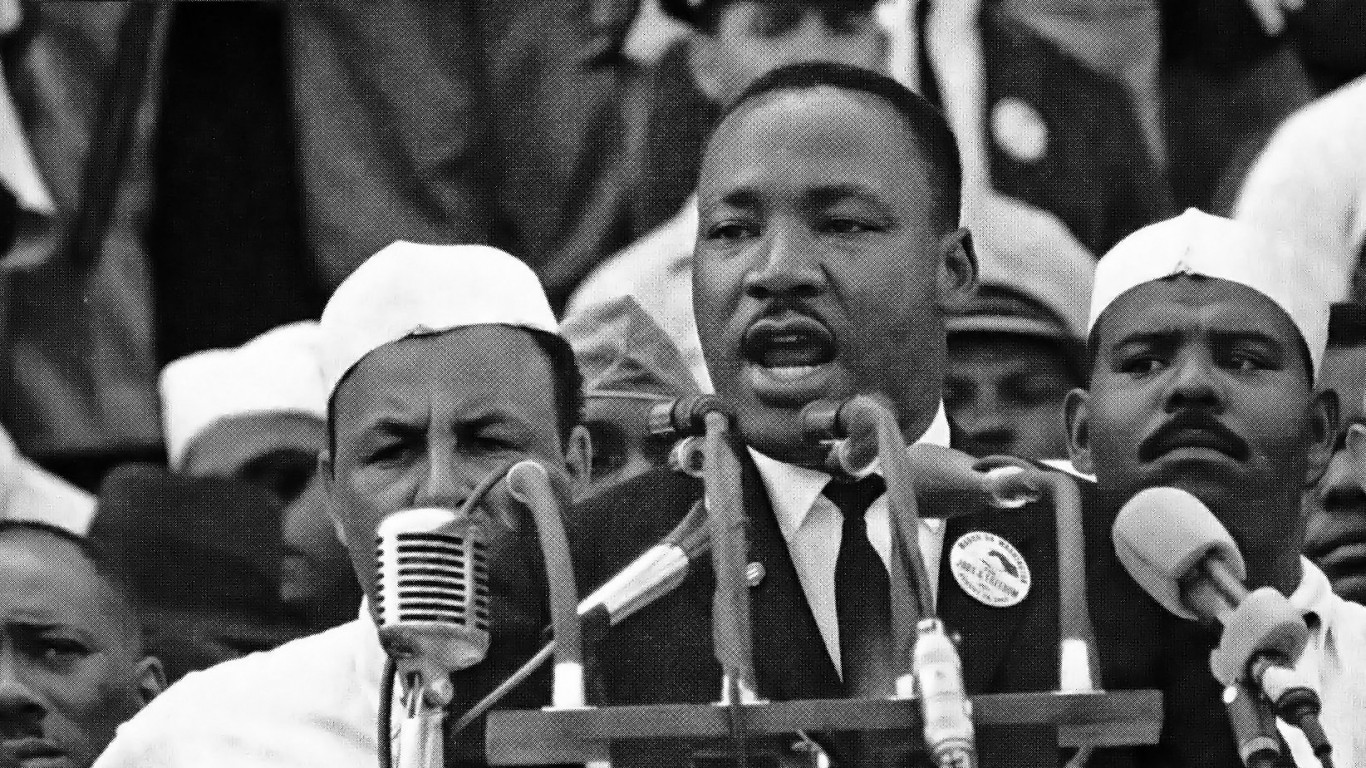The quest for racial equality and justice in the United States has been long and divisive.
As we celebrate Martin Luther King Jr. Day on Jan. 17, 2022, 24/7 Tempo has created a list of the most important moments of the civil rights movement. We reviewed source material from the websites of the Southern Poverty Law Center and National Constitution Center, as well as from media sources to compile this list.
Three amendments to the Constitution enacted during the Civil War and in the Reconstruction era abolished slavery and provided legal and civil rights for African Americans. At least in theory. In practice, black Americans continued to be subjected to brutal treatment by whites in mostly southern states.
So-called Jim Crow laws passed in the South prevented blacks from voting, attending the same schools as whites, dining in certain restaurants, and limited where they could live. To this day, certain cities in the United States do not provide as many opportunities for blacks to succeed as others. These are the worst cities for black Americans.
The first stirrings of the civil rights movement began prior to World War II when African Americans threatened to march on Washington to appeal for equal job rights in 1941. Blacks served in the military with distinction — such as the Tuskegee airmen — during World War II despite institutional segregation. Many African Americans questioned why they were fighting a war for freedom abroad while they were denied it at home.
President Harry Truman’s executive order ended segregation in the military in 1948. This helped set in motion the civil rights movement, which started as a grassroots initiative and built to a full-fledged cause in the 1950s, leading to landmark legislation that provided better opportunities for African Americans and produced some of America’s greatest civil rights heroes.
Methodology
To create a list of the most important moments of the civil rights movement, 24/7 Tempo reviewed source material from the websites of the Southern Poverty Law Center; the Civil Rights Digital Library; Stanford University’s Martin Luther King Jr. Research and Education Institute; the National Constitution Center; the National Archives Foundation, as well as articles from media sources.
We focused on boycotts, Supreme Court decisions, sit-ins, marches, legislation, integration of schools, and crimes that helped initiate social change during the civil rights movement, which began after World War II and grew into the most powerful political movement in the United States in the 1950s and 1960s.
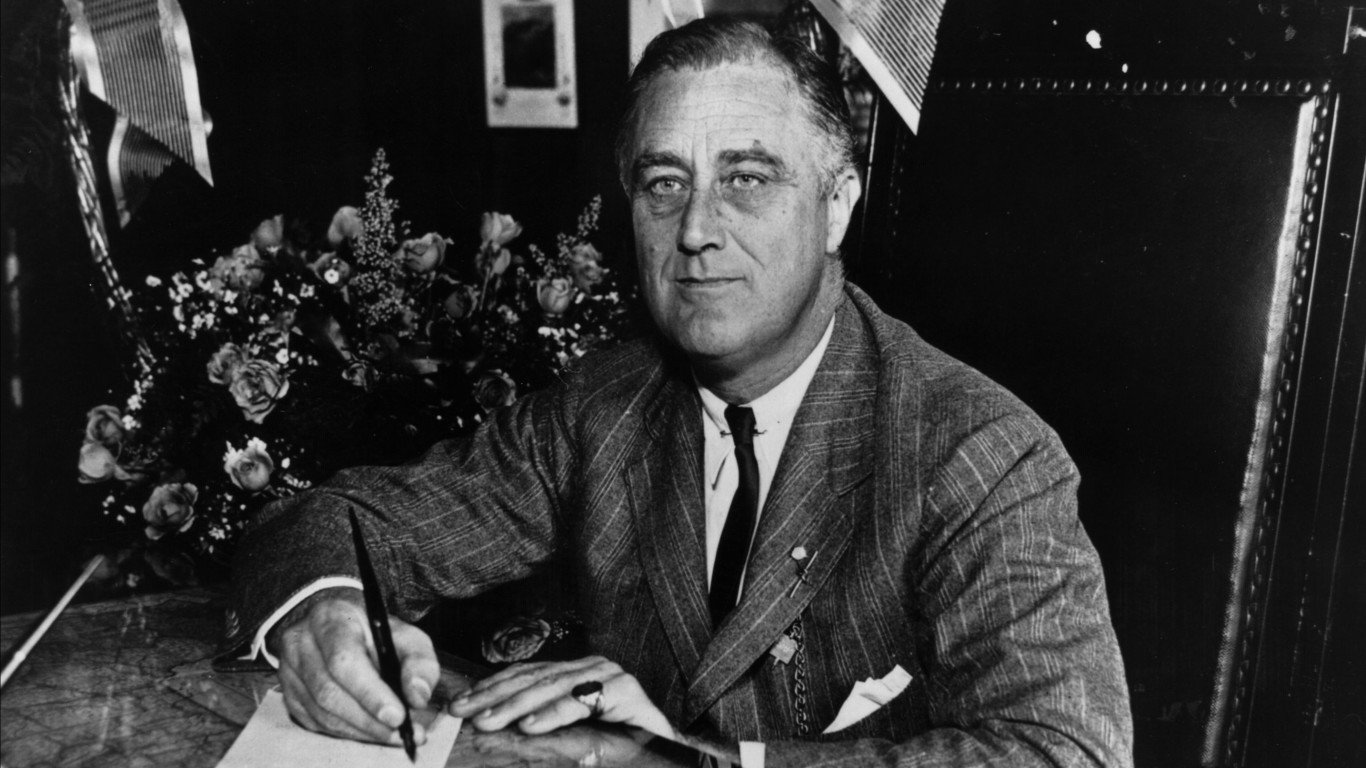
June 25, 1941: Roosevelt opened up defense jobs
> Location: Washington, D.C.
On the eve of America’s entry into World War II, President Franklin Roosvelt signed an executive order allowing Americans — regardless of color, creed, or national origin — to apply for jobs in the defense industries and other government jobs. Roosevelt’s action was in response to a planned march on Washington organized by A. Philip Randolph, president of the Brotherhood of Sleeping Car Porters by thousands of African Americans who intended to protest discrimination. Randolph agreed to call off the march, however, his initiative helped found the March on Washington movement, which organized rallies during the war to demand desegregation of the armed forces.

July 26, 1948: End of segregation in the Armed Forces
> Location: Washington, D.C.
Post-war America was changing rapidly, and returning African-American war veterans felt they were denied the freedom at home that they had fought for overseas. President Harry Truman signed an executive order in 1948 ending discrimination in the military, and officially terminating a government policy of segregation of government jobs that had existed since President Woodrow Wilson resegregated the federal workforce in 1913.
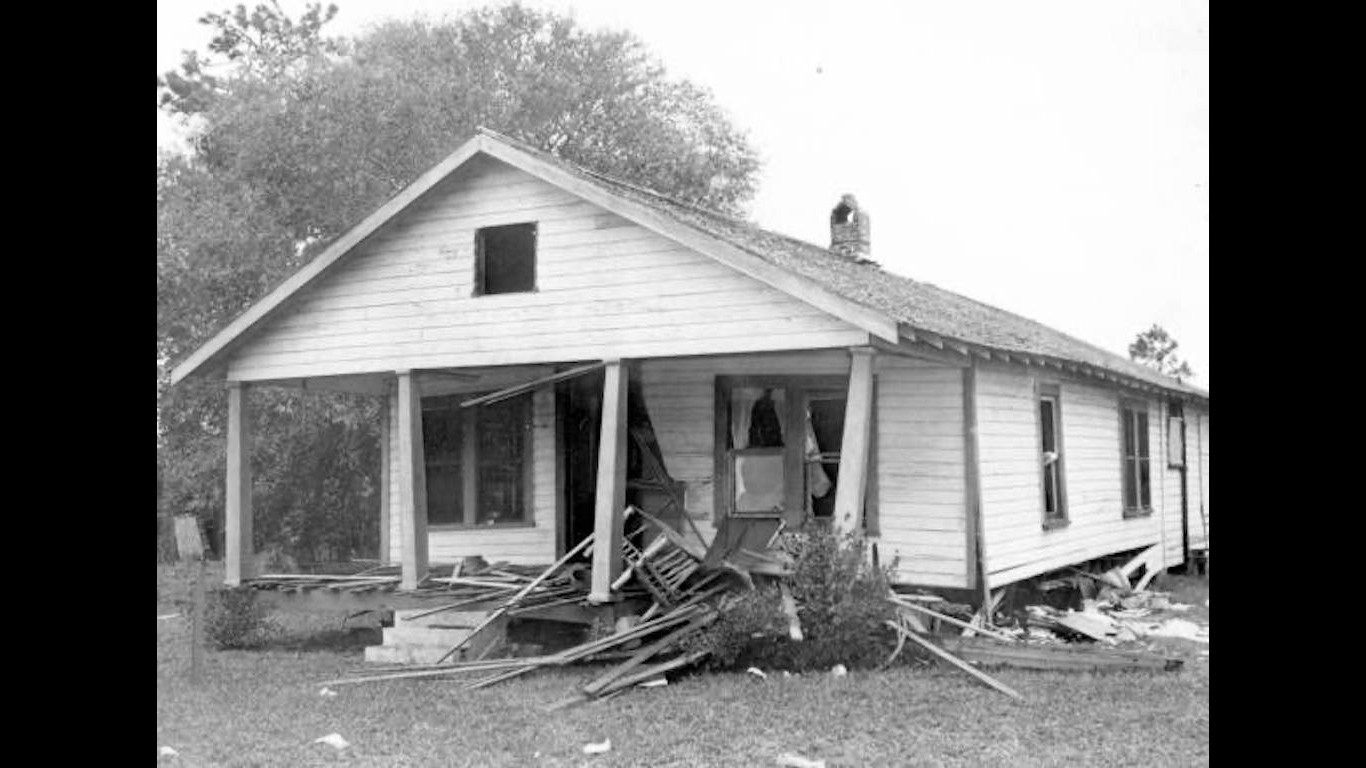
Dec. 25, 1951: Florida educators assassinated
> Location: Sanford, Florida
Harriette and Harry Moore were two African-American educators and civil rights activists who advocated for higher wages through the courts for African-American teachers in Florida. They were killed in Florida when a bomb exploded beneath their bed. Their deaths shocked the nation, and telegrams and letters of protest flooded into the White House. Harry Moore, who had joined the Florida chapter of the NAACP, was the first NAACP official killed in the fight for civil rights.
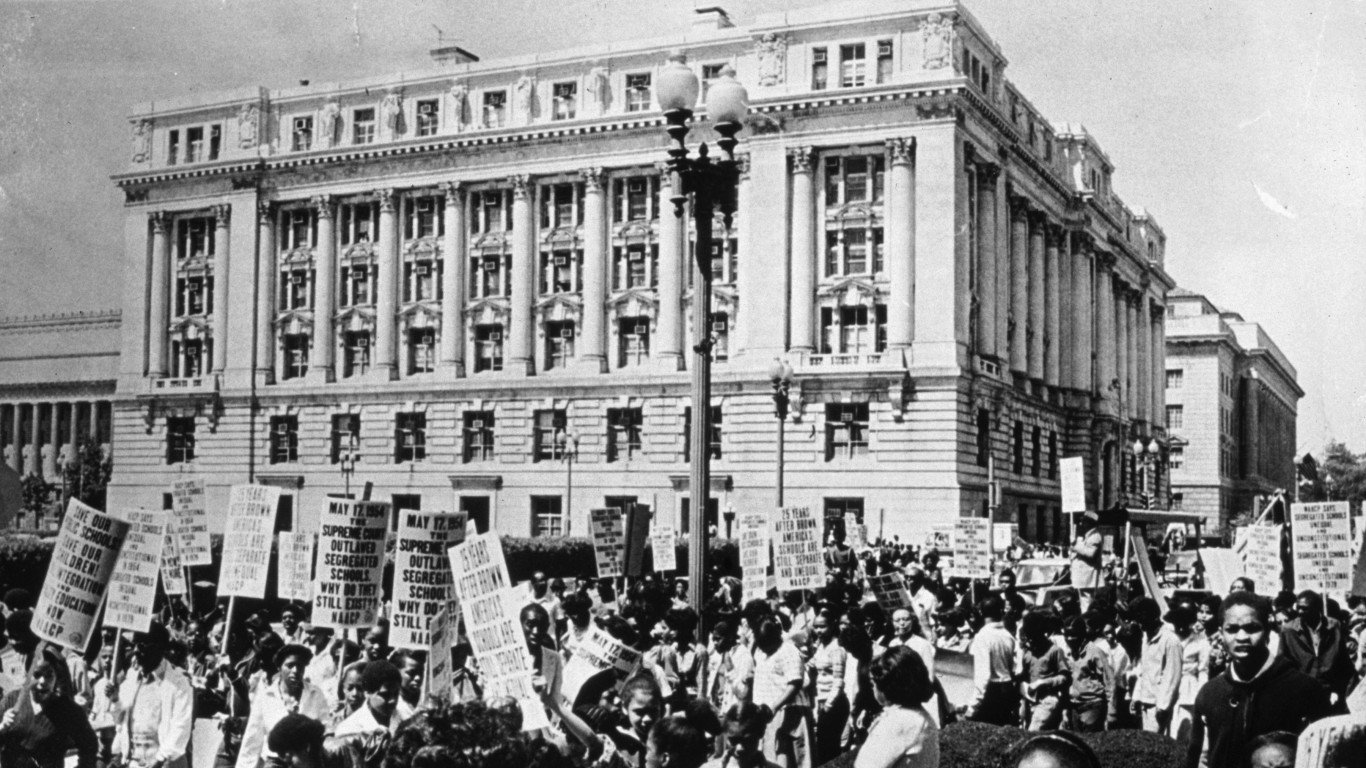
May 17, 1954: Brown vs. Board of Education of Topeka
> Location: Washington, D.C.
Brown vs. Board of Education of Topeka was the landmark case that overturned the separate but equal doctrine established by the Plessy vs. Ferguson Supreme Court ruling in 1896. The top court in 1954 ruled that the segregated school system was unconstitutional on the basis of the Equal Protection Clause of the 14th Amendment of the Constitution. The case involved Linda Brown of Topeka, Kansas, an African-American girl who had to cross over railroad tracks to get to an all-black elementary school even though an all-white school was closer to her home.
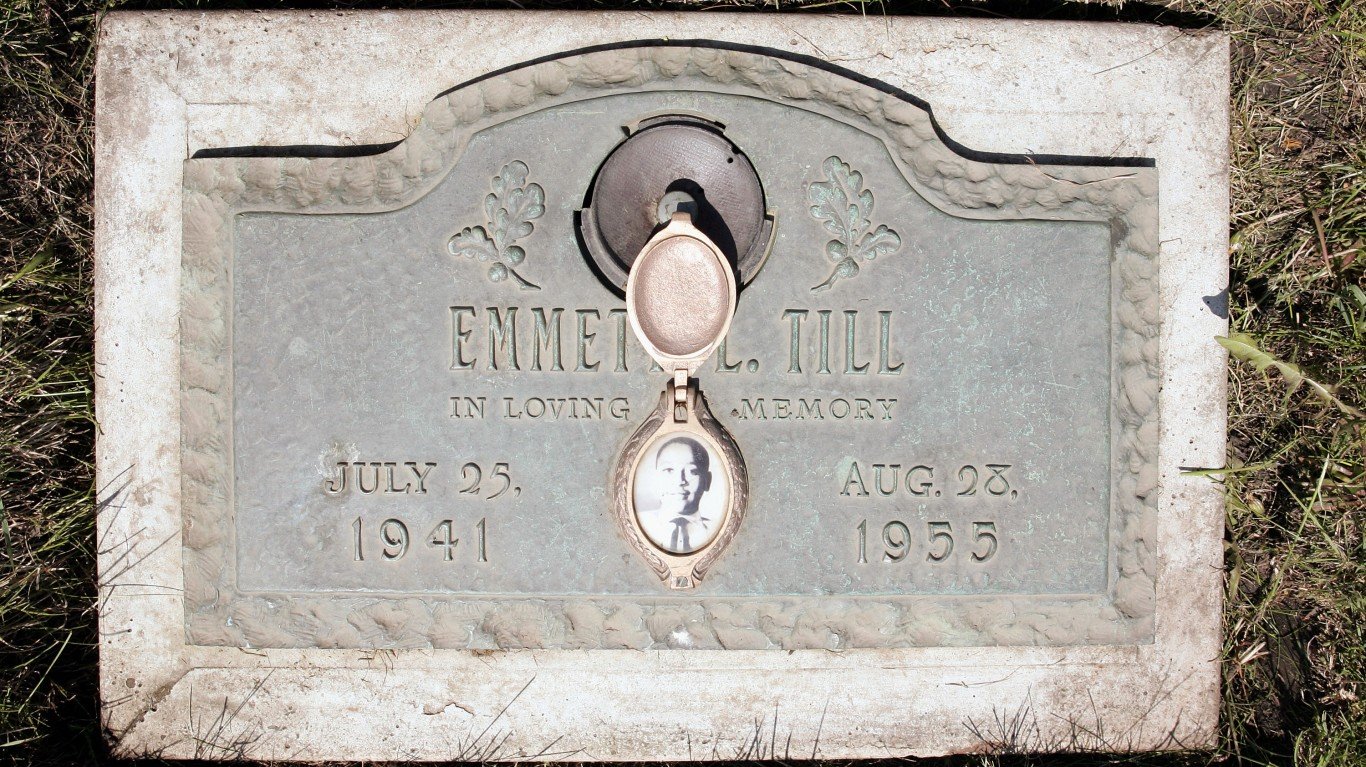
Aug. 28, 1955: Emmett Till lynched
> Location: Money, Mississippi
Emmett Louis Till from Chicago was a 14-year-old African American who was lynched in Mississippi in 1955, after he was accused of offending a white woman in her family’s grocery store. Till’s mother insisted on an open casket funeral to show his disfigured remains, pictures of which were reprinted in magazines across the country. Till’s killers were never brought to justice and the woman who claimed Till had offended her recanted her story in 2017.
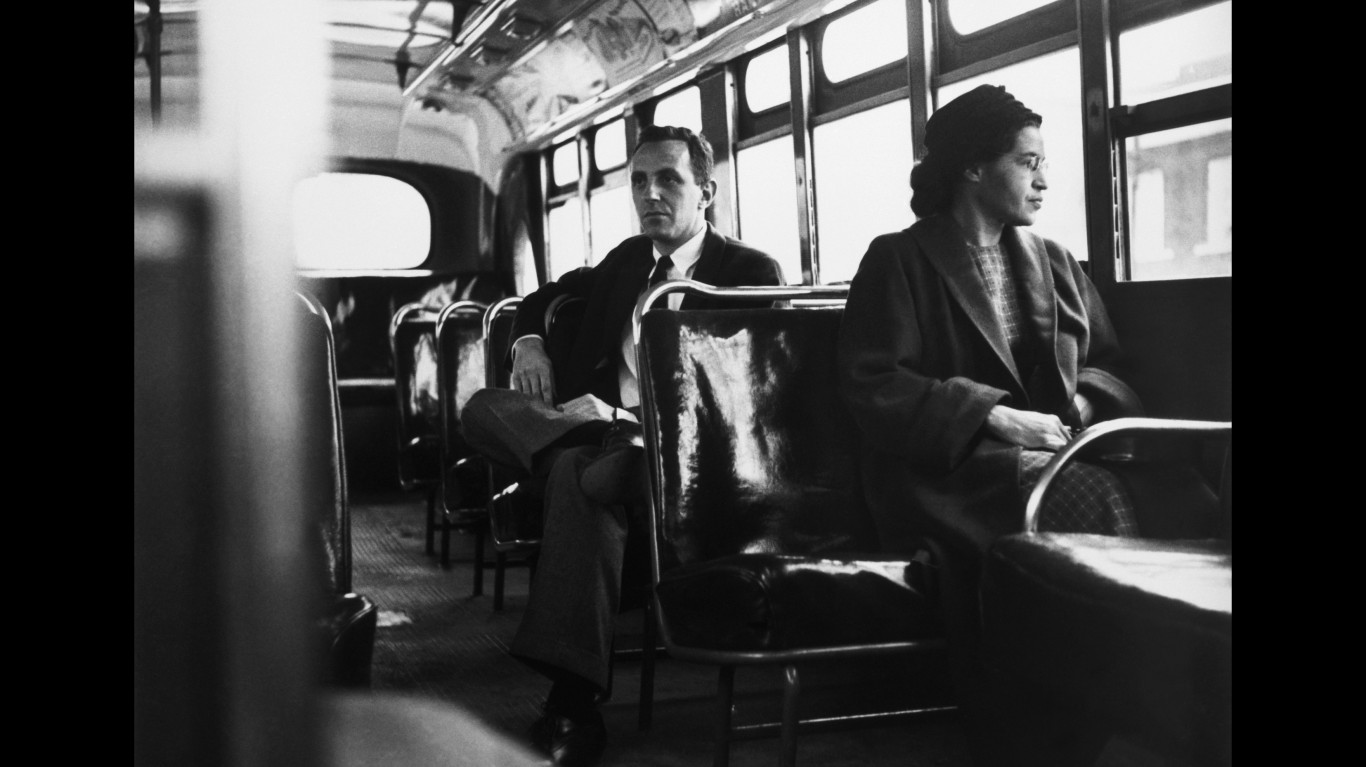
Dec. 1, 1955: Rosa Parks refused to give up her seat
> Location: Montgomery, Alabama
Rosa Parks may not have planned to make history, but she did so in 1955 when she refused to give up her seat to a white passenger on a bus in Montgomery, Alabama. She was arrested because she remained seated, triggering the Montgomery Bus Boycott and the rise of Rev. Martin Luther King Jr., as the leader of the civil rights movement. A successful federal lawsuit by the NAACP (Parks was a member), against the city led to the desegregation of the Montgomery bus system the following year. Parks was awarded the Presidential Medal of Freedom by President Bill Clinton in 1996.
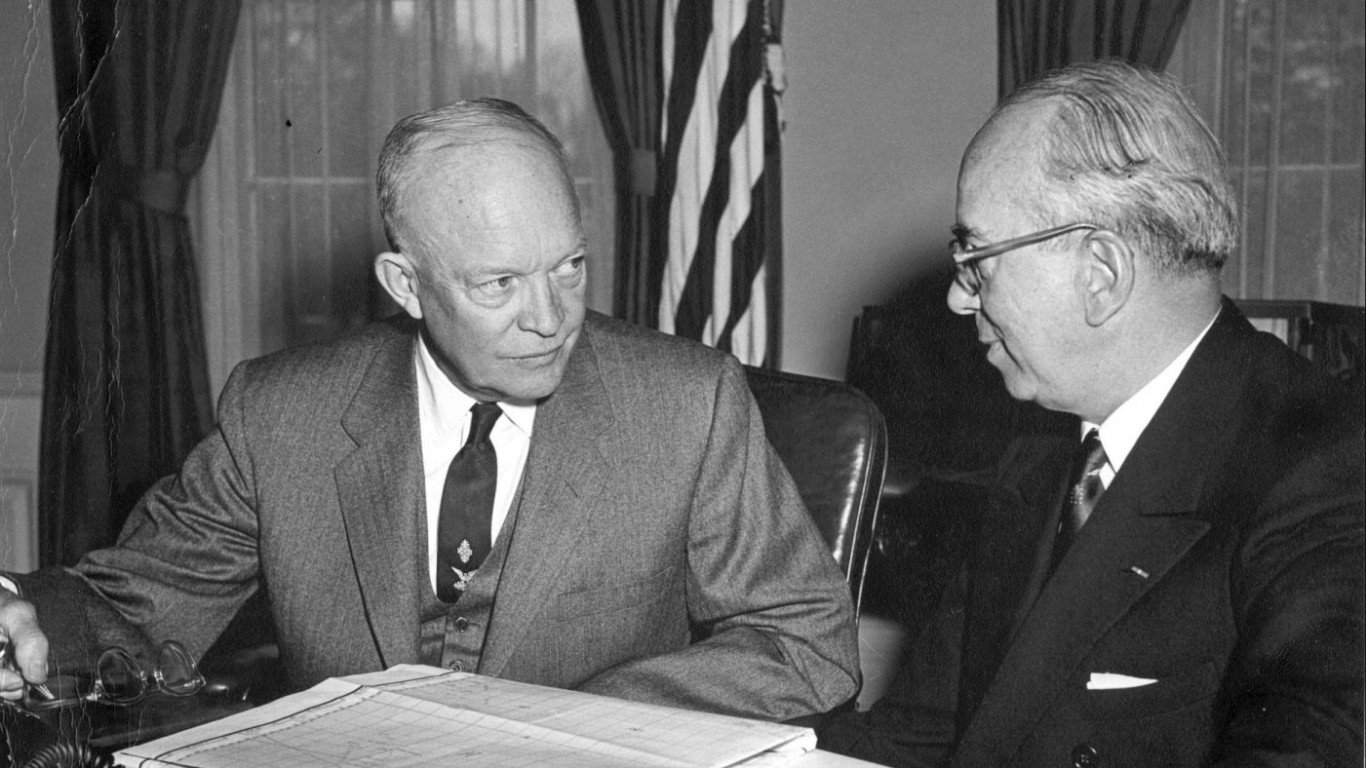
Sept. 9, 1957: Civil Rights Act became law
> Location: Washington, D.C.
President Dwight D. Eisenhower signed the Civil Rights Act of 1957 into law to help protect voter rights. The measure allows federal prosecution of those who suppress another’s right to vote. The law was significant because it was the first action taken by the federal government since Reconstruction to protect civil rights and a signal that the government was taking a more activist role in the protection of civil rights.
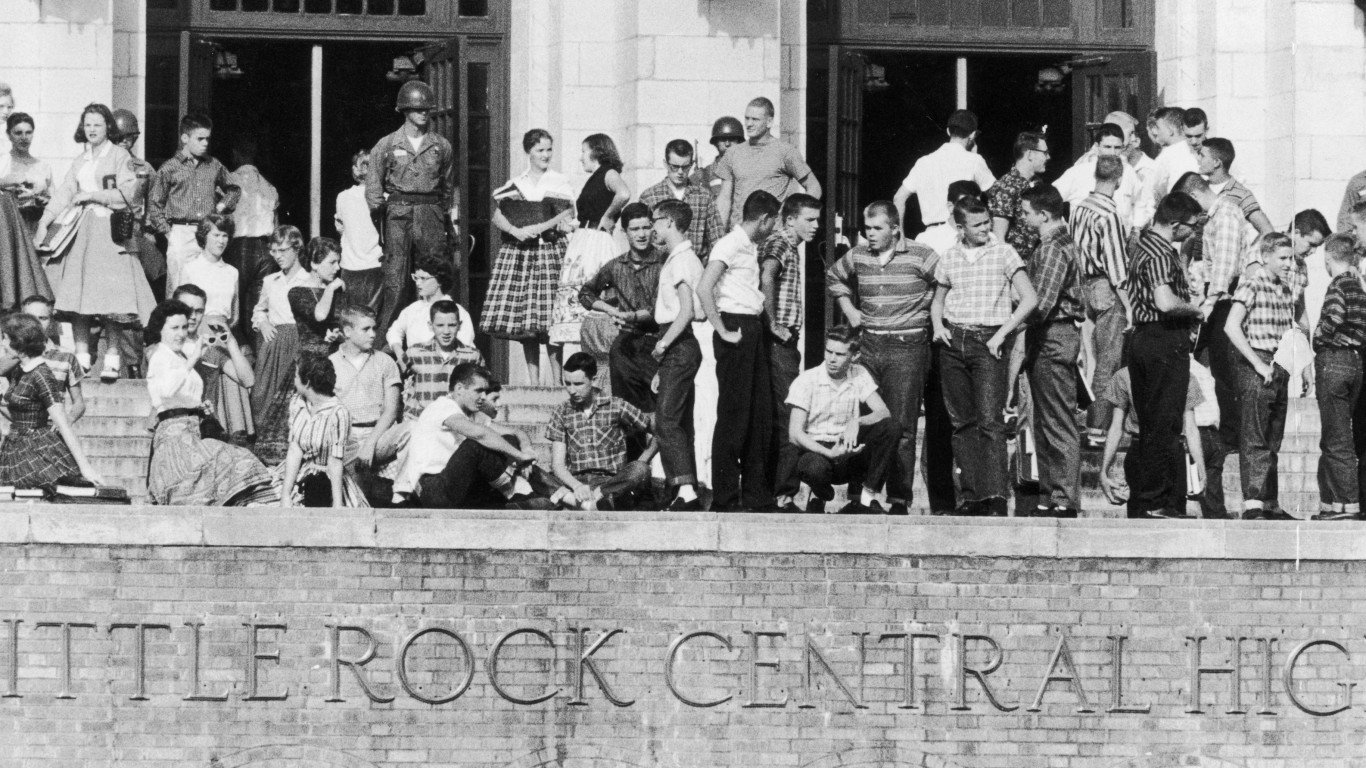
Sept. 23, 1957: Little Rock schools integrated
> Location: Little Rock, Arkansas
President Dwight D. Eisenhower, urged by Rev. Martin Luther King Jr., ordered troops from the 101st Airborne Division to protect nine African-American high school students — who would be known as the “Little Rock Nine” — as they started classes at the all-white Little Rock Central High School. This would become one of the first high-profile actions by the federal government against state-level racial segregation.
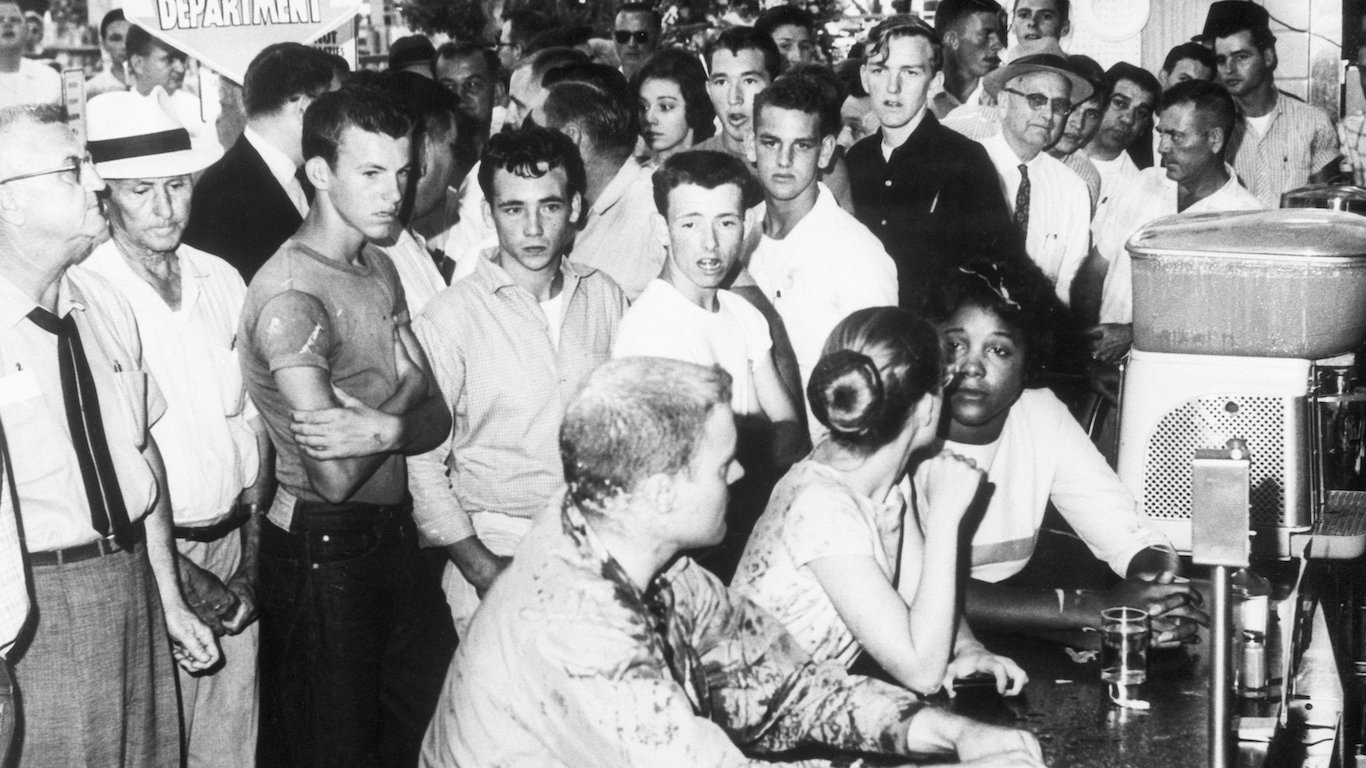
Feb. 1, 1960: Sit-ins at lunch counters
> Location: Greensboro, North Carolina
In February 1960, four African-American college students were denied service at a Woolworth’s lunch counter in Greensboro, North Carolina, and were asked to leave by the store’s manager. The four students, inspired by the non-violent teachings of Mohandas Gandhi, refused to leave and stayed until the store closed. The next day, another bigger sit-in at Woolworth’s took place, drawing media attention. This action led to an expanded protest involving 30 cities in seven states. Restaurants began to be integrated in the South as a result of the protests. By late July, the Greensboro Woolworth’s integrated its lunch counter.
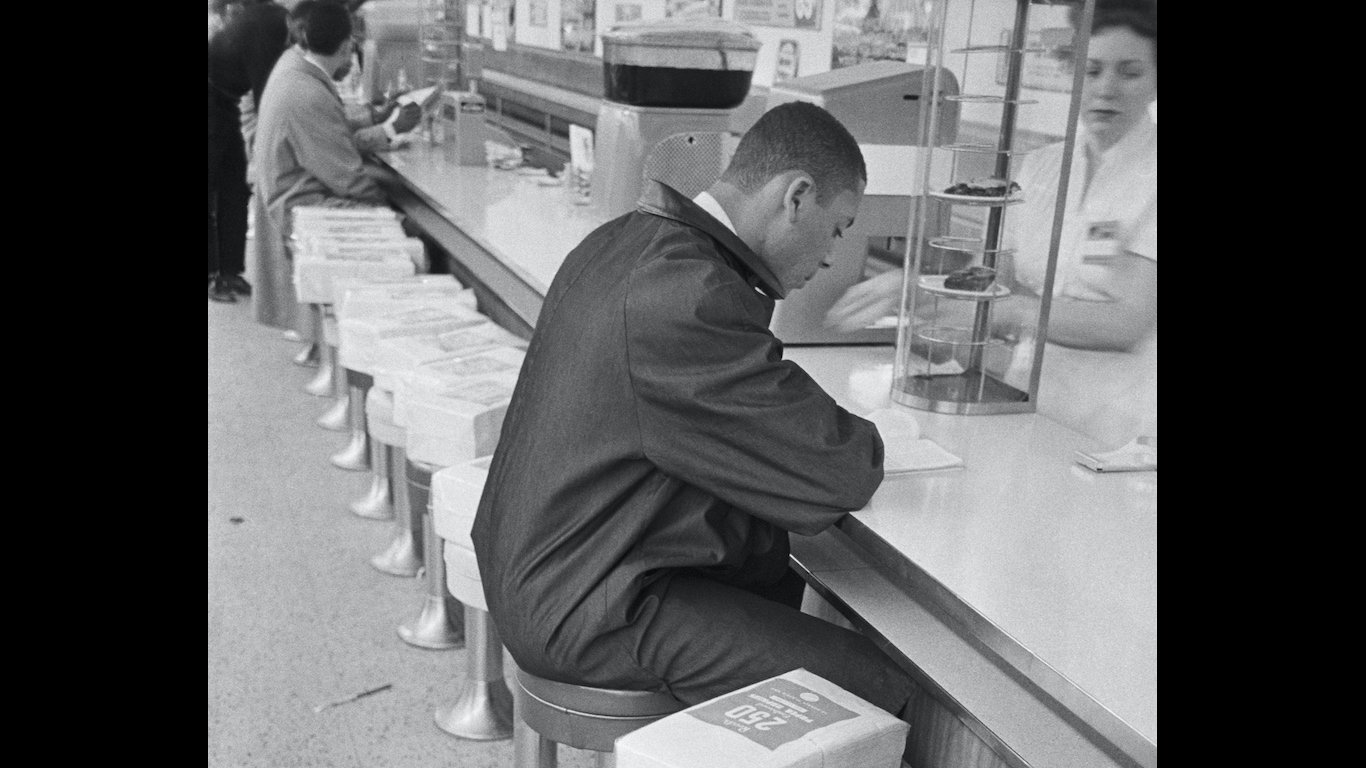
Feb. 13, 1960: Nashville sit-in movement succeeded
> Location: Nashville, Tennessee
Inspired by the sit-in at the lunch counter in Greensboro, North Carolina, earlier in February, students at African-American colleges in Nashville, Tennessee, launched a similar movement in their city and targeted segregated eating establishments. Waves of sit-in actions led to multiple arrests and the protests culminated in a bomb blast at the home of an attorney who was defending the arrested students. Protestors marched on city hall to confront the mayor, who renounced segregation. Businesses eager to return to normalcy agreed to desegregate Nashville’s public places in May of 1960, becoming the first major Southern city to do so.
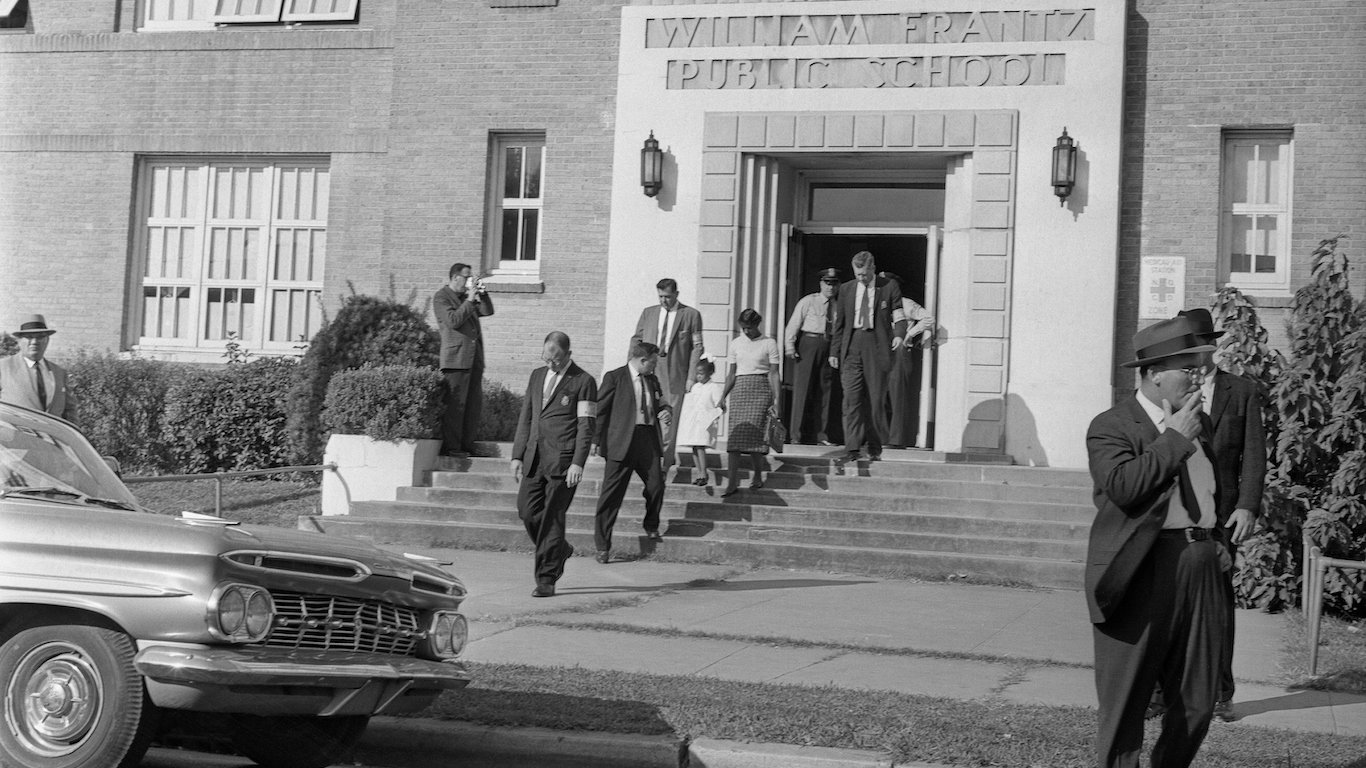
Nov. 14, 1960: New Orleans schools integrated
> Location: New Orleans, Louisiana
Shielded by armed federal marshals, four African-American girls became the first students to integrate the William Frantz Elementary School in New Orleans, Louisiana, in 1960. Their actions inspired Norman Rockwell’s iconic painting “The Problem We All Live With,” which appeared in Look magazine in 1964 and showed an African-American girl escorted to school by four marshals.
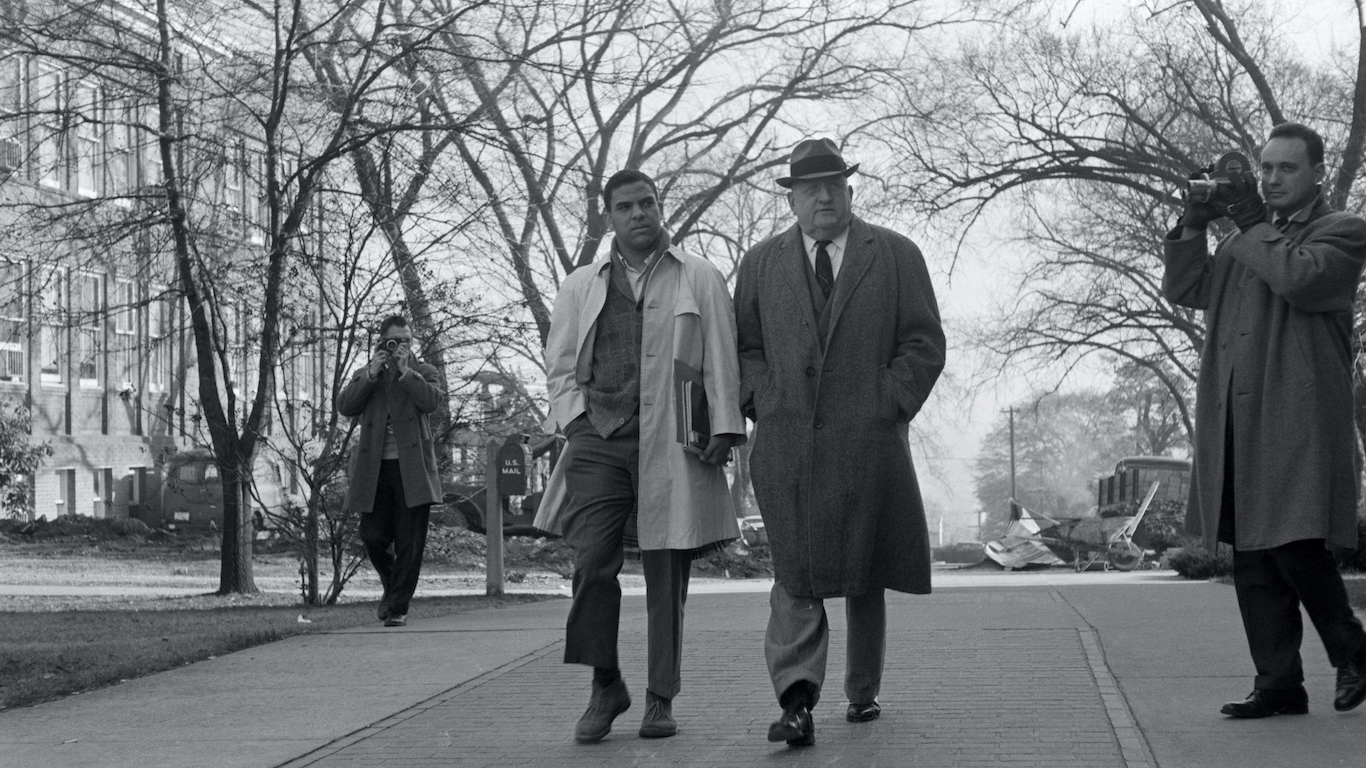
Jan. 6, 1961: University of Georgia integrated
> Location: Athens, Georgia
In January of 1961, a federal district court judge ordered the admission of African-American students Hamilton Holmes and Charlayne Hunter to the University of Georgia, ending 160 years of segregation at the school. This caused a constitutional crisis because Georgia legislators several years earlier had passed a law that said any white educational institution would lose state funds if it admitted African-American students. State officials eventually repealed the laws forbidding state funding of integrated schools.
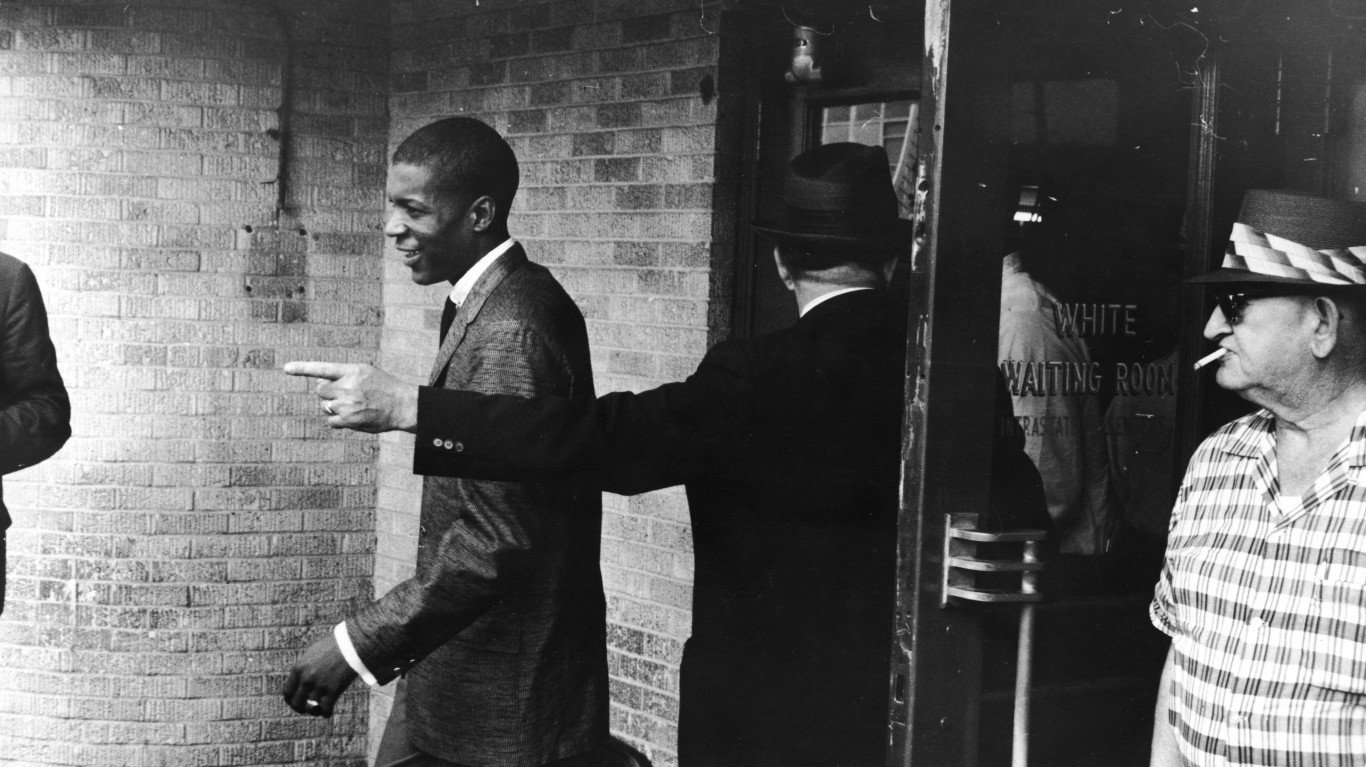
May 4, 1961: Freedom Riders came to the South
> Location: Alabama, South Carolina
Freedom Riders were black and white civil rights activists who traveled through various southern cities to protest segregated lunch counters, restrooms, and other facilities at bus terminals in 1961. Throughout the year, they encountered violent protests from whites in Alabama and South Carolina. The acts of violence against the Freedom Riders drew national attention. Eventually the Interstate Commerce Commission enacted regulations against segregation at interstate bus terminals. One of the Freedom Riders, John Lewis, was elected as representative for Georgia’s 5th congressional district, and is currently serving in the House of Representatives.

Sept. 30, 1962: Riots at University of Mississippi
> Location: Oxford, Mississippi
Integration of southern schools of higher learning didn’t always go smoothly, and such was the case at the University of Mississippi. Riots consumed the Oxford, Mississippi, school in September when James Meredith, an Air Force veteran, attempted to register at the university. The violence claimed the lives of two people on Sept. 30. The next day, Meredith registered at the school and became the first African American to graduate from the University of Mississippi. Meredith became a civil rights activist. He was shot by a sniper while on a solitary March Against Fear from Memphis, Tennessee, to Jackson, Mississippi, in 1966, but recovered and remains an activist and author.
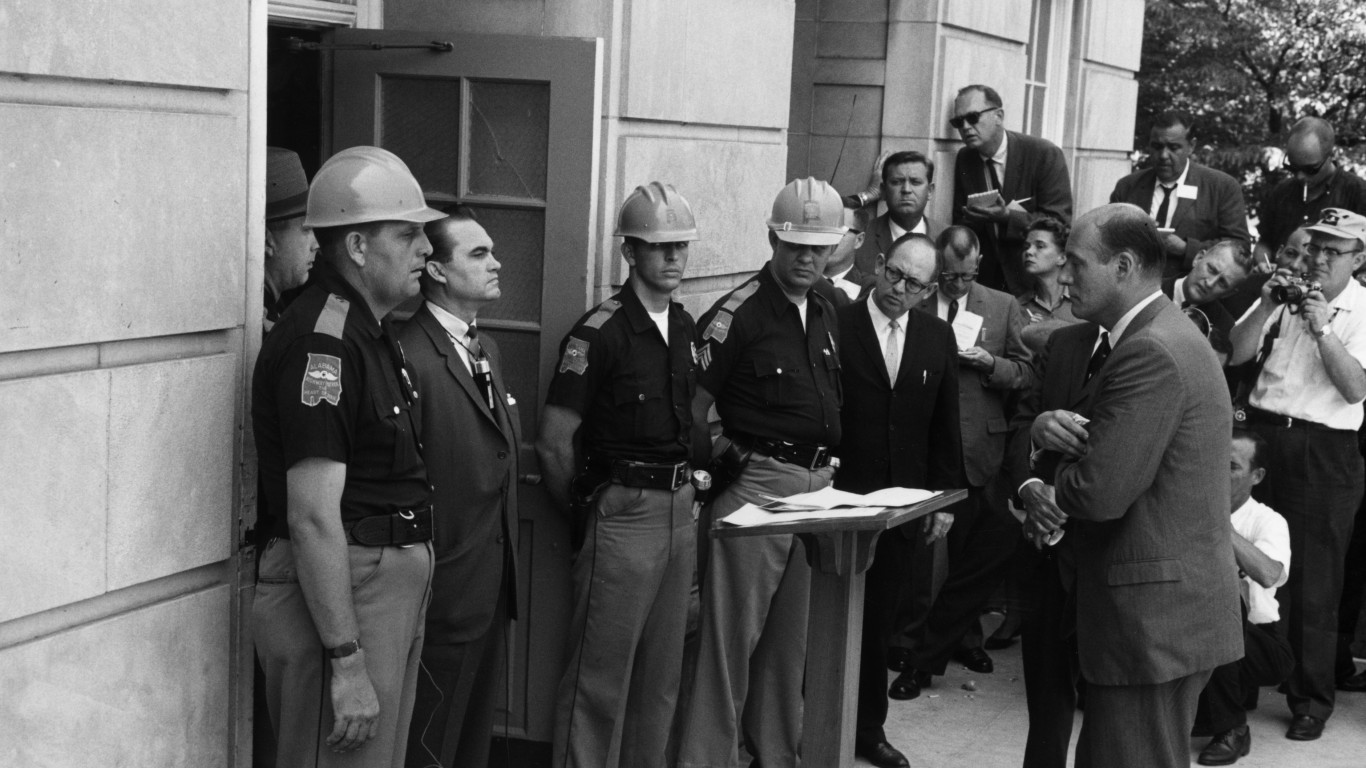
May 16, 1963: University of Alabama integrated
> Location: Tuscaloosa, Alabama
A federal district court in May ordered the University of Alabama to admit African-American students Vivien Malone and James Hood during its summer session, forcing an inevitable confrontation between the federal government and Alabama’s intransigent segregationist governor, George Wallace. In June, Wallace blocked the entranceway to the school’s auditorium before finally yielding. Wallace had grabbed national headlines the previous January during his inauguration speech when he said “segregation now, segregation tomorrow, segregation forever.” His stand at the University of Alabama made him a symbol of white opposition to integration throughout the South.
Aug. 28, 1963: ‘I Have a Dream’ speech
> Location: Washington, D.C.
Up to 250,000 people filled the Mall in Washington for a march for justice and equality in August 1963, the largest march of its kind to that point. And they heard Rev. Martin Luther King Jr., made his legendary “I Have a Dream” speech on the steps of the Lincoln Memorial that has become the signature moment of the civil rights movement. A year later, President Lyndon B. Johnson would sign the Civil Rights Act of 1964.
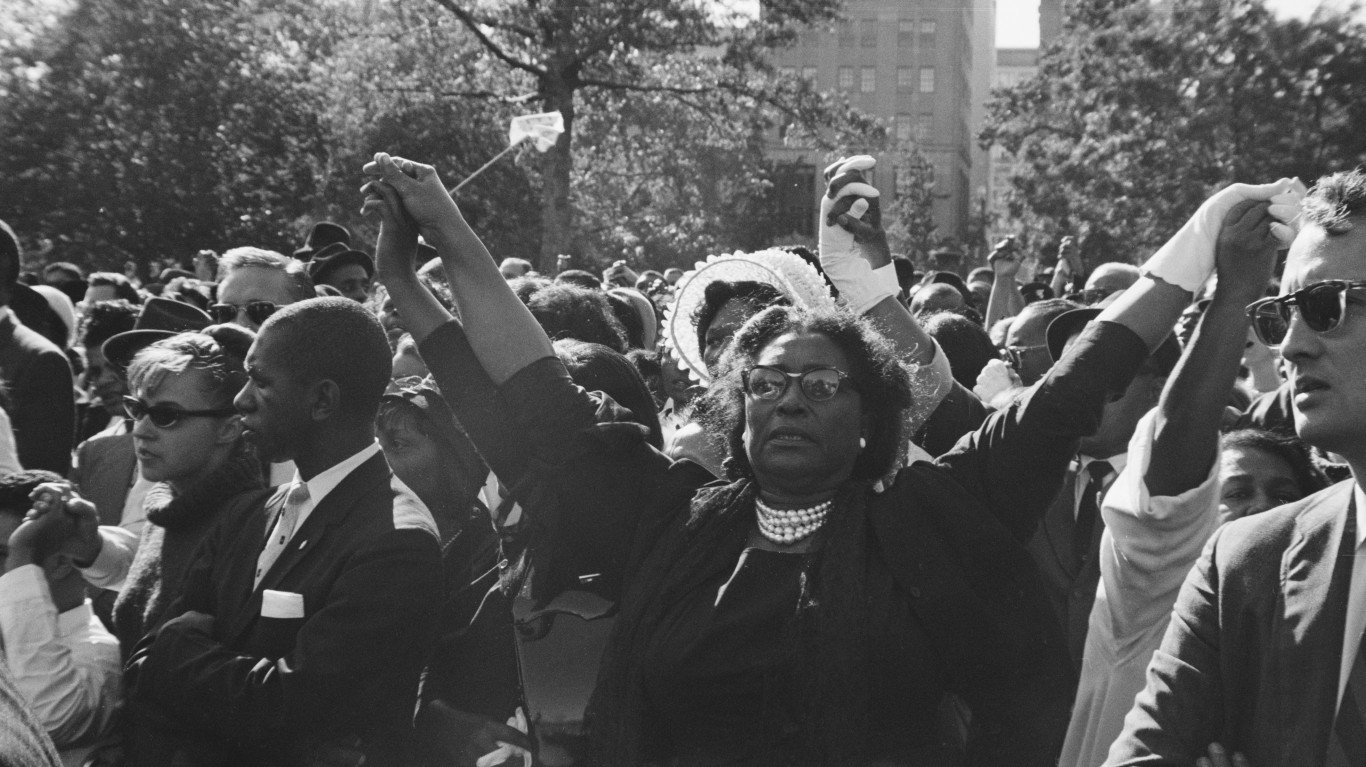
Sept. 15, 1963: Bomb blast killed 4 children in Birmingham
> Location: Birmingham, Alabama
Birmingham, Alabama, was on a knife’s edge after the city was ordered to integrate its schools in September 1963. The 16th Street Baptist Church in Birmingham, which had been a site for civil rights activity, was ripped apart by a bomb on Sept. 15, 1963, killing four young girls and injuring several others before Sunday services. National outrage over the attack bolstered support for the civil rights cause and helped to pass the Civil Rights Act of 1964 and the Voting Rights Act of 1965. The case would be reopened multiple times and three of the four men connected with the attack would be convicted. A fourth died before he went to trial.
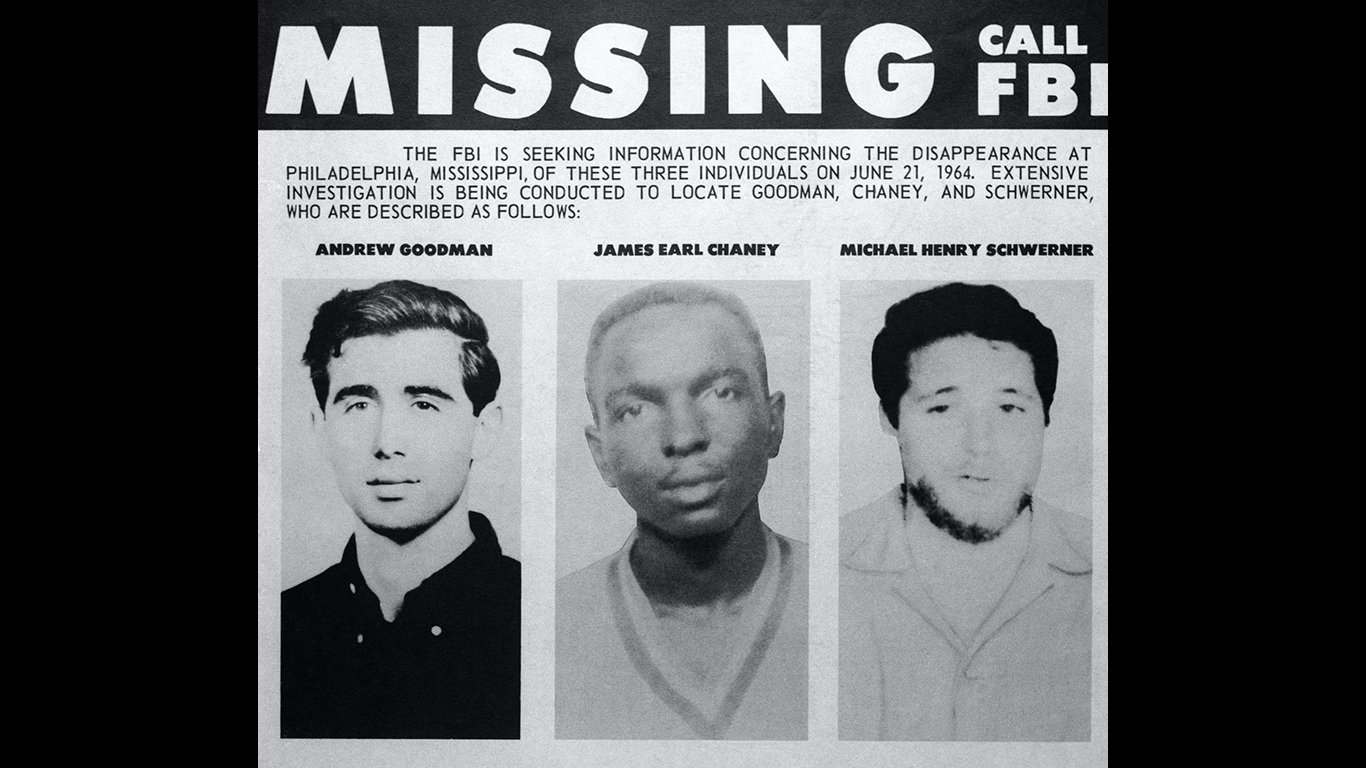
June 21, 1964: Civil rights activists killed in Mississippi
> Location: Philadelphia, Mississippi
There were many martyrs for the cause of civil rights, and among the most famous are James Earl Chaney, Andrew Goodman, and Michael Henry Schwerner. The three young men were civil rights workers who were trying to register African-American voters. They were arrested by a deputy sheriff, who was also a member of the Ku Klux Klan. He then handed the young men over to other Klansmen who shot them to death. The FBI was brought into the case. Eventually one of the participants in the crime confessed and told the FBI the location of the remains of the young men. Nineteen men were indicted, seven were found guilty by an all-white jury. Nine were acquitted and the jury was deadlocked on the others.
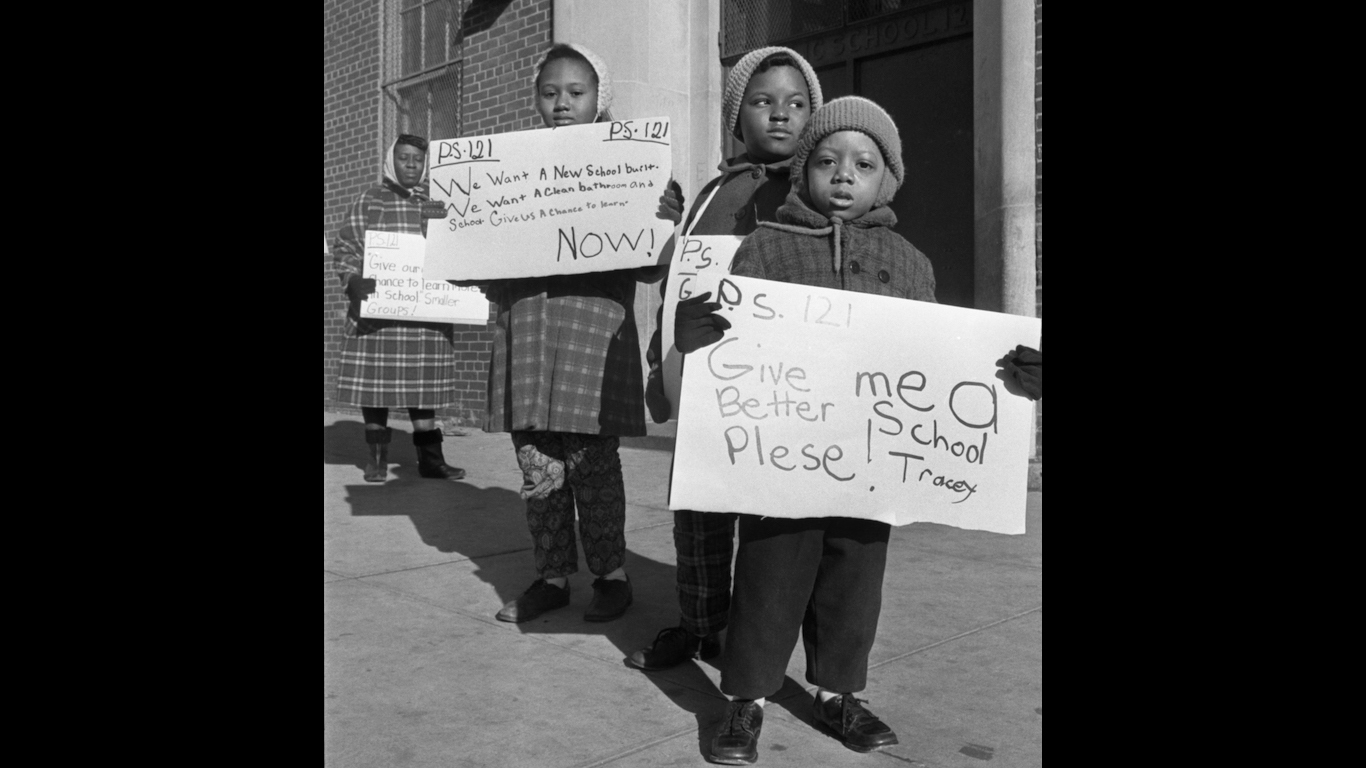
Feb. 3 1964: NYC students, parents boycotted schools
> Location: New York City
In February 1964 thousands of parents, students, and civil rights activists conducted a boycott of the New York City public schools to prod the city’s board of education to set a timetable on integrating the nation’s largest public school system. Bayard Rustin, who had organized the successful March on Washington the year before, was involved in organizing the boycott, which was led by Milton Galamison, a civil rights activist and pastor in the Bedford-Stuyvesant neighborhood of Brooklyn, who had been advocating for integrated schools in New York. Rallies were held at the board of education, city hall, and the governor’s office in Manhattan. Though the boycott had widespread support, the city’s board of education did not move ahead quickly on reform.
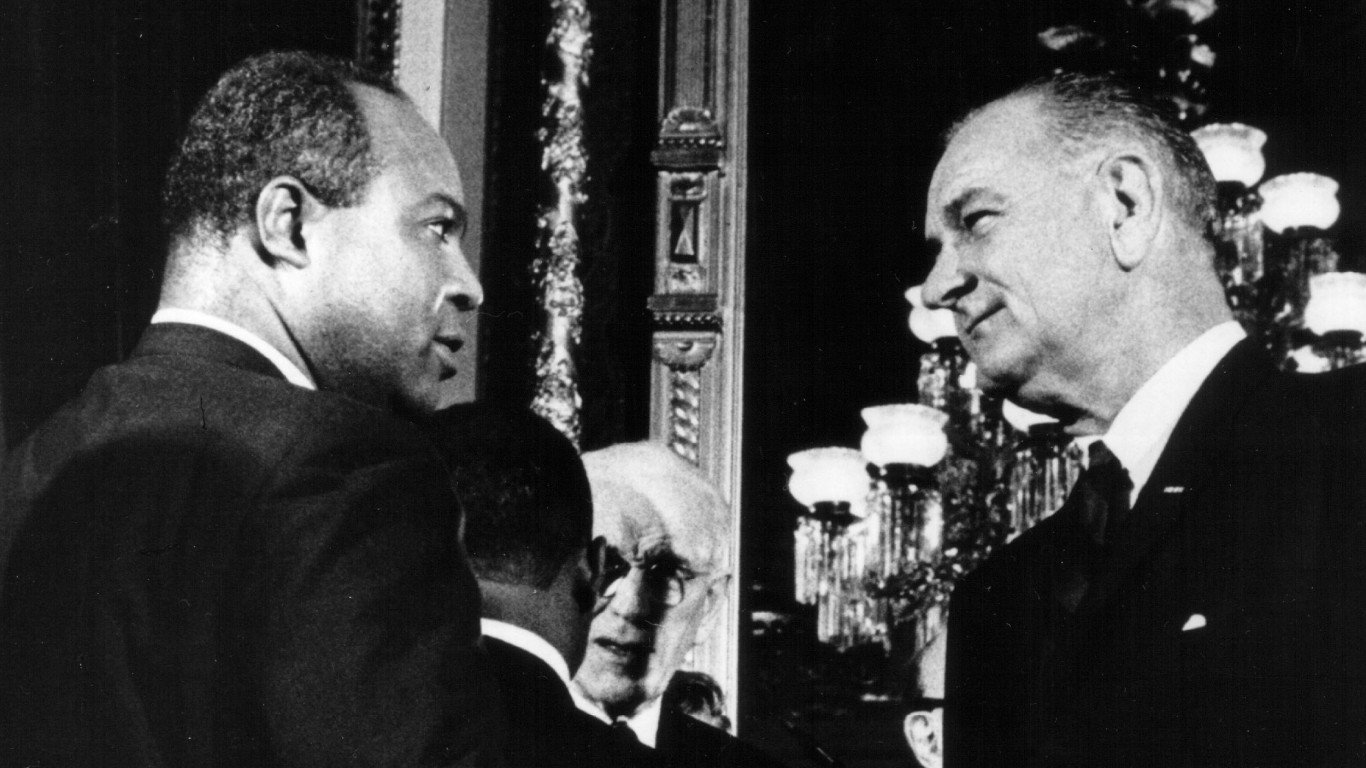
July 2, 1964: Johnson signed Civil Rights Act of 1964
> Location: Washington, D.C.
With the civil rights movement gathering momentum, and violence escalating in the South, President Lyndon B. Johnson, a politician from Texas, signed the Civil Rights Act of 1964. The measure outlawed segregation in theaters, restaurants, and hotels. It banned discrimination in employment and forbade segregation in public places such as swimming pools, libraries, and public schools.

Dec. 14. 1964: White business owners challenged Civil Rights Act
> Location: Atlanta, Georgia
Two white businessmen, Moreton Rolleston and Lester Maddox, owners of the Heart of Atlanta Motel and the Pickrick Restaurant respectively, refused to comply with the 1964 Civil Rights Act that banned segregation in public places. A three-judge circuit court in Atlanta ruled against them. Maddox closed his restaurant rather than acquiesce. He leveraged the notoriety to become Georgia’s governor in 1966.
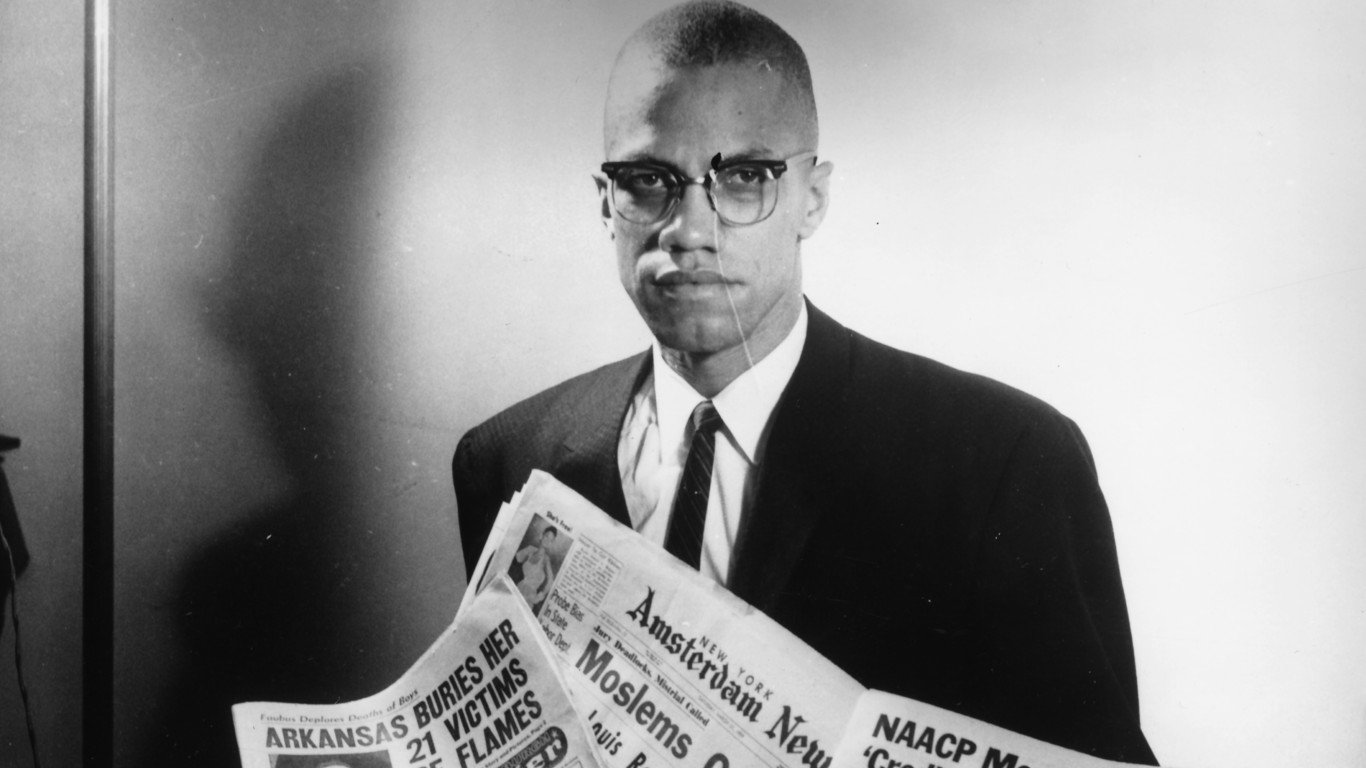
Feb. 21, 1965: Malcolm X slain
> Location: New York City, New York
Malcolm X, leader of the Nation of Islam movement, was a firebrand who believed in black empowerment and sought a state for blacks apart from white people. He changed his opinon following a pilgrimage to Mecca in Saudi Arabia, left the Nation of Islam, and embraced people of all races with a more inclusive message. Malcolm X was assassinated by followers of Nation of Islam in 1965.
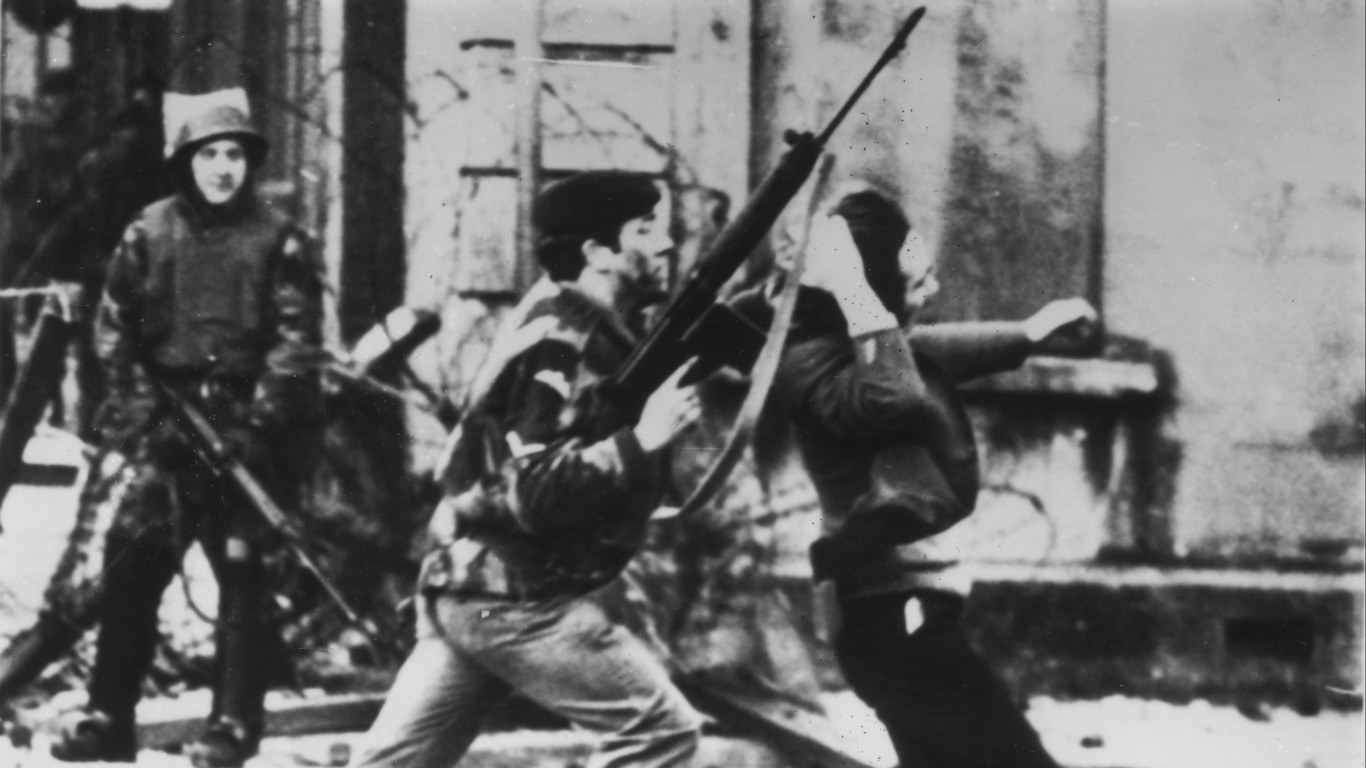
March 7, 1965: Bloody Sunday in Selma
> Location: Selma, Alabama
The fatal shooting of protester Jimmy Lee Jackson by an Alabama state trooper led to a march from Selma to Montgomery, Alabama, and would become one of the seminal moments in the civil rights movement. As hundreds of civil rights activists attempted to cross the Edmund Pettus Bridge — named after a Confederate general — they were met by police who attacked them with tear gas and billy clubs, sending 50 people to the hospital.
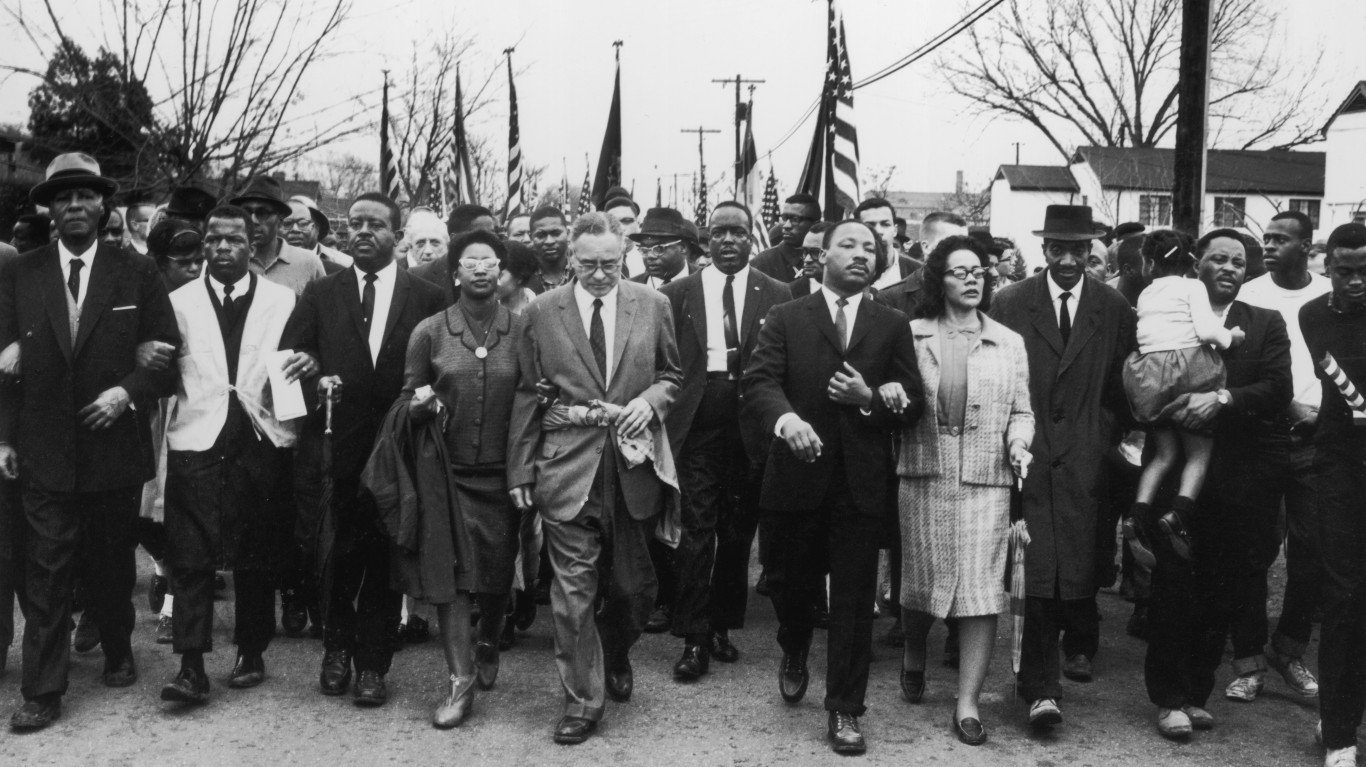
March 21, 1965: March to Montgomery
> Location: Selma to Montgomery, Alabama
Two weeks after the Bloody Sunday incident in Selma, civil rights activists won the right to march to Montgomery. Martin Luther King and other civil rights leaders led two more marches and eventually reached Montgomery on March 25. The march gained widespread media coverage and it became a national event. Footage of the Bloody Sunday incident was shown in prime time to coincide with the march and the nation was appalled at the violence.
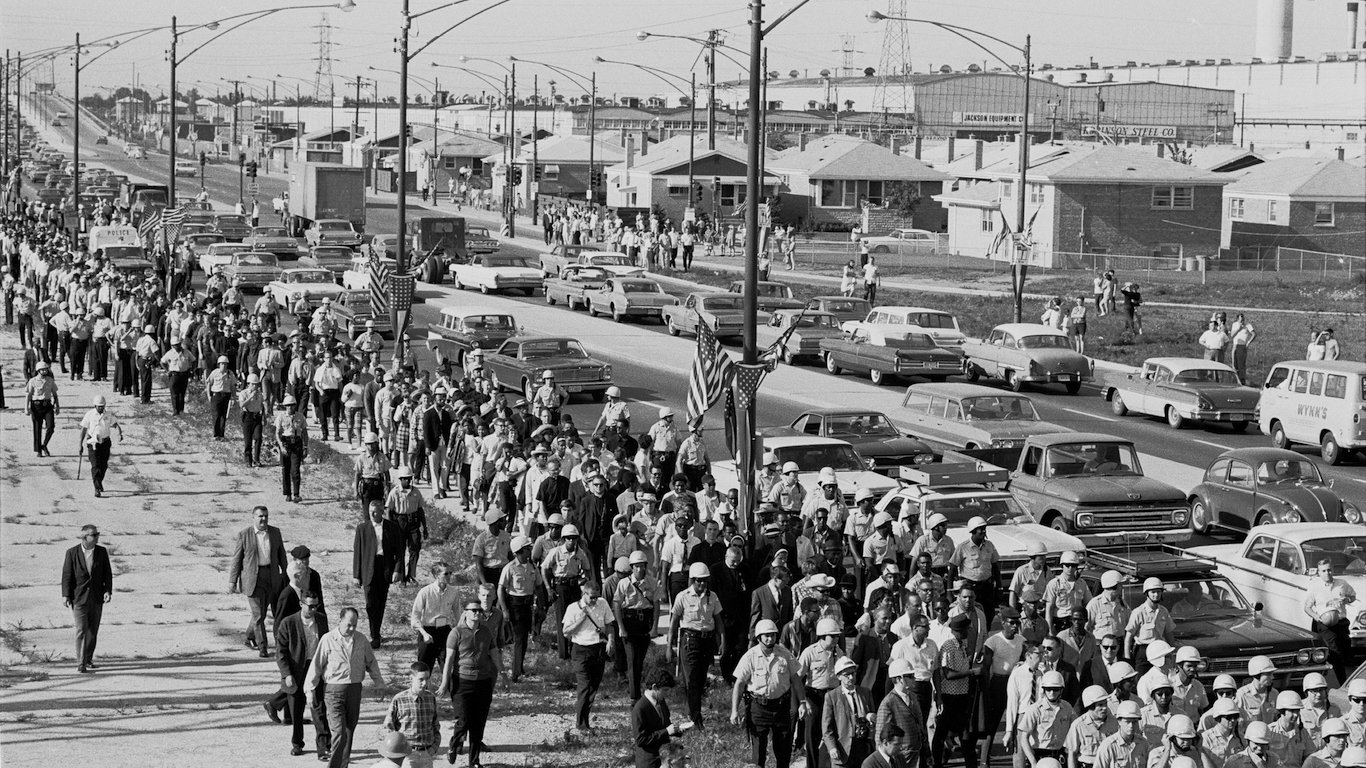
July 1965: Movement protested bias in Chicago
> Location: Chicago, Illinois
Civil rights activity was not limited to the South. Activists formed the Chicago Open Housing Movement, also known as the Chicago Freedom Movement, to protest against segregated housing, substandard schools, a lack of job opportunities, and inadequate health facilities. The movement featured rallies, marches, and boycotts. The movement is credited with helping to create the Fair Housing Act.
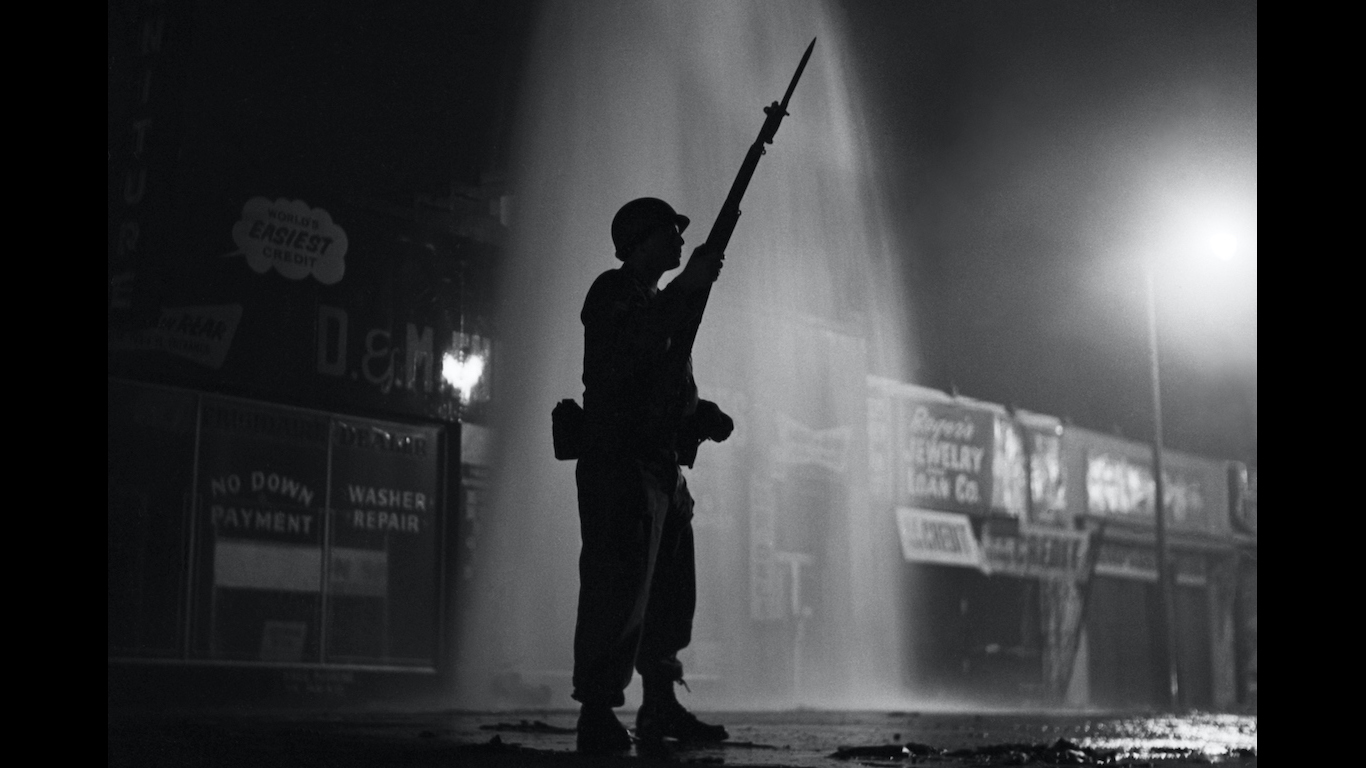
Aug. 11, 1965: Riots roiled Watts
> Location: Los Angeles, California
The 1960s would witness riots in many of America’s cities, forcing Americans to confront the ramifications of urban blight, high unemployment, and inadequate housing. The first major disturbance was in the Watts section of Los Angeles, an impoverished part of the city. The riots were set off by a confrontation between an African-American motorist and a white policeman. For six days, looters rampaged, destroying $40 million in property. The riots left 34 people dead. A commission found the city had failed to address the economic and social concerns of the residents of Watts.
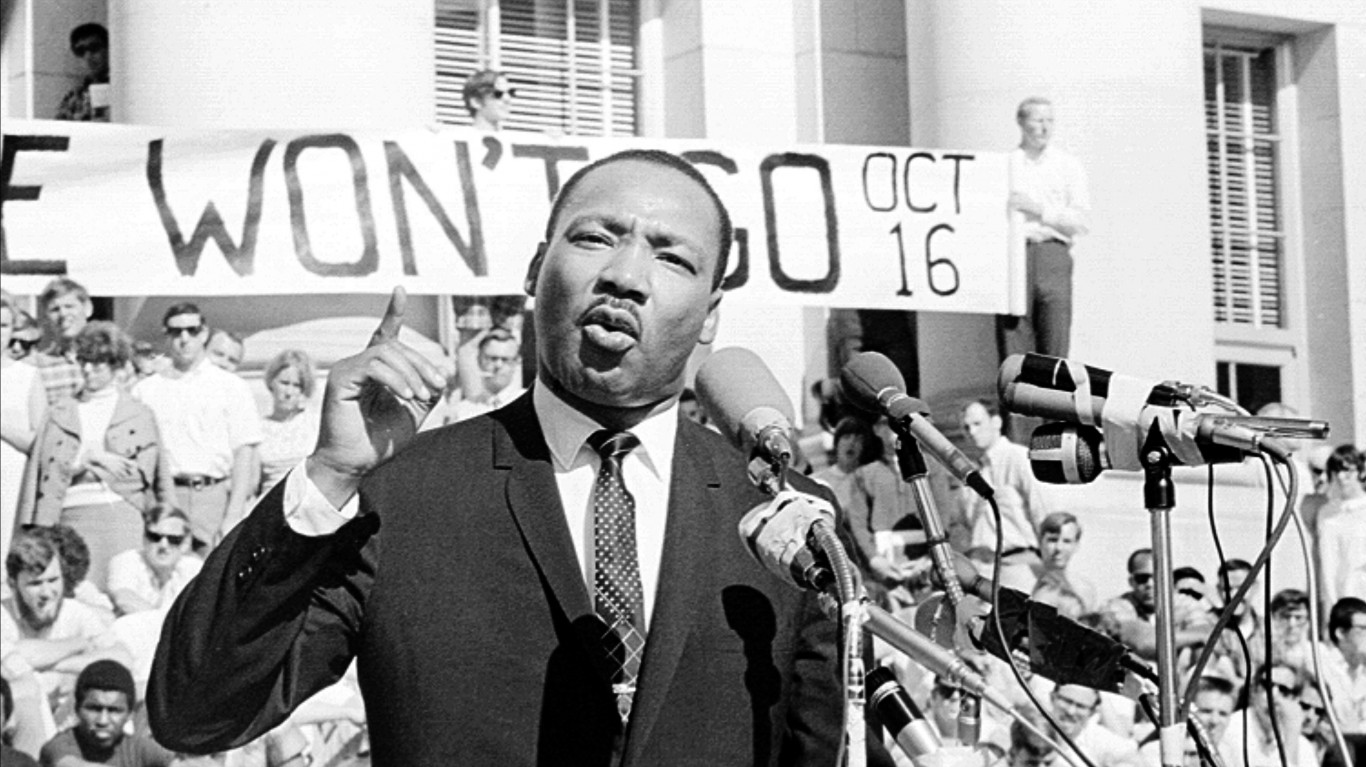
April 4, 1967: Vietnam War opposition
> Location: New York City, New York
Rev. Martin Luther King Jr. began to link opposition to the Vietnam War with the civil rights movement in 1967. He publicly denounced America’s involvement in the war at rallies and protests. His first public speech against the war, titled “Beyond Vietnam,” was made at Riverside Church in Harlem on April 4, 1967. King’s position on Vietnam damaged his relationship with President Lyndon B. Johnson, who had signed the Civil Rights Act in 1964.
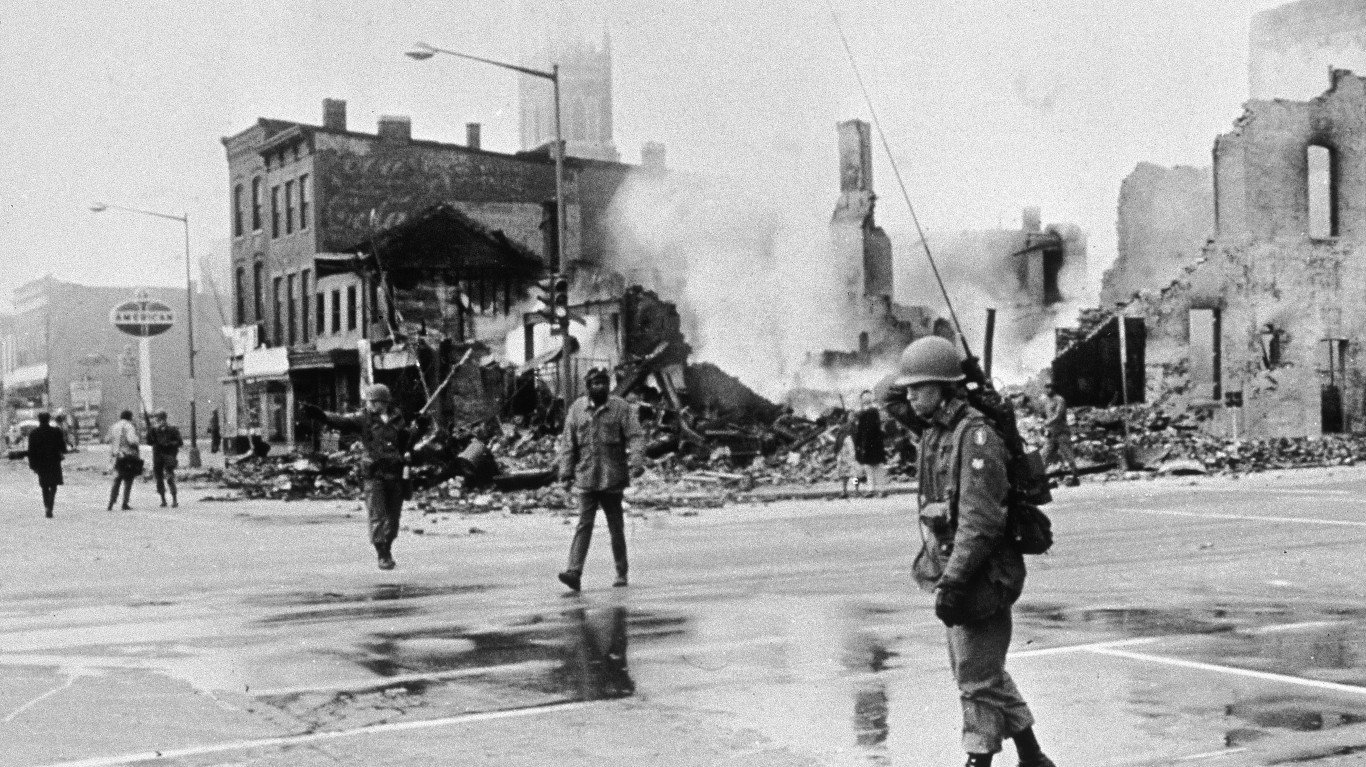
April 4, 1968: Martin Luther King Jr. assassinated
> Location: Memphis, Tennessee
Rev. Martin Luther King, Jr. was shot to death by James Earl Ray while he was standing on the balcony of the Lorraine Motel in Memphis, Tennessee. King had come to Memphis to support striking sanitation workers, most of whom were African Americans. The night before his death, King spoke to the striking workers referencing his own mortality in what came to be known as his “I’ve Been to the Mountaintop” speech.
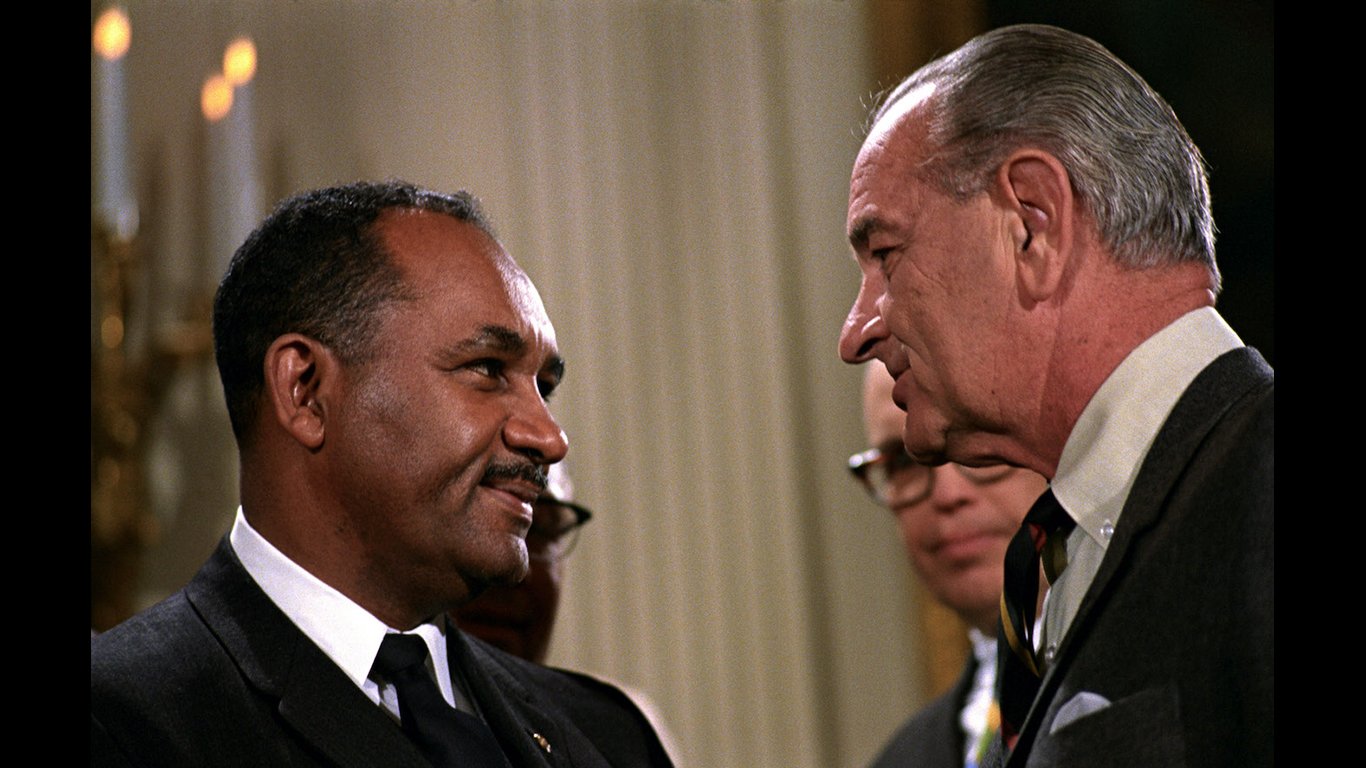
April 11, 1968: Fair Housing Act
> Location: Washington, D.C.
The Fair Housing Act of 1968, one of the last pieces of civil rights legislation signed by President Lyndon B. Johnson, banned discrimination in the sale, rental, and financing of housing based on race, creed, national origin, or sex. The measure, intended to add to the Civil Rights Act of 1964, had been held up in Congress, but passed quickly by the House of Representatives following the slaying of Rev. Martin Luther King Jr.
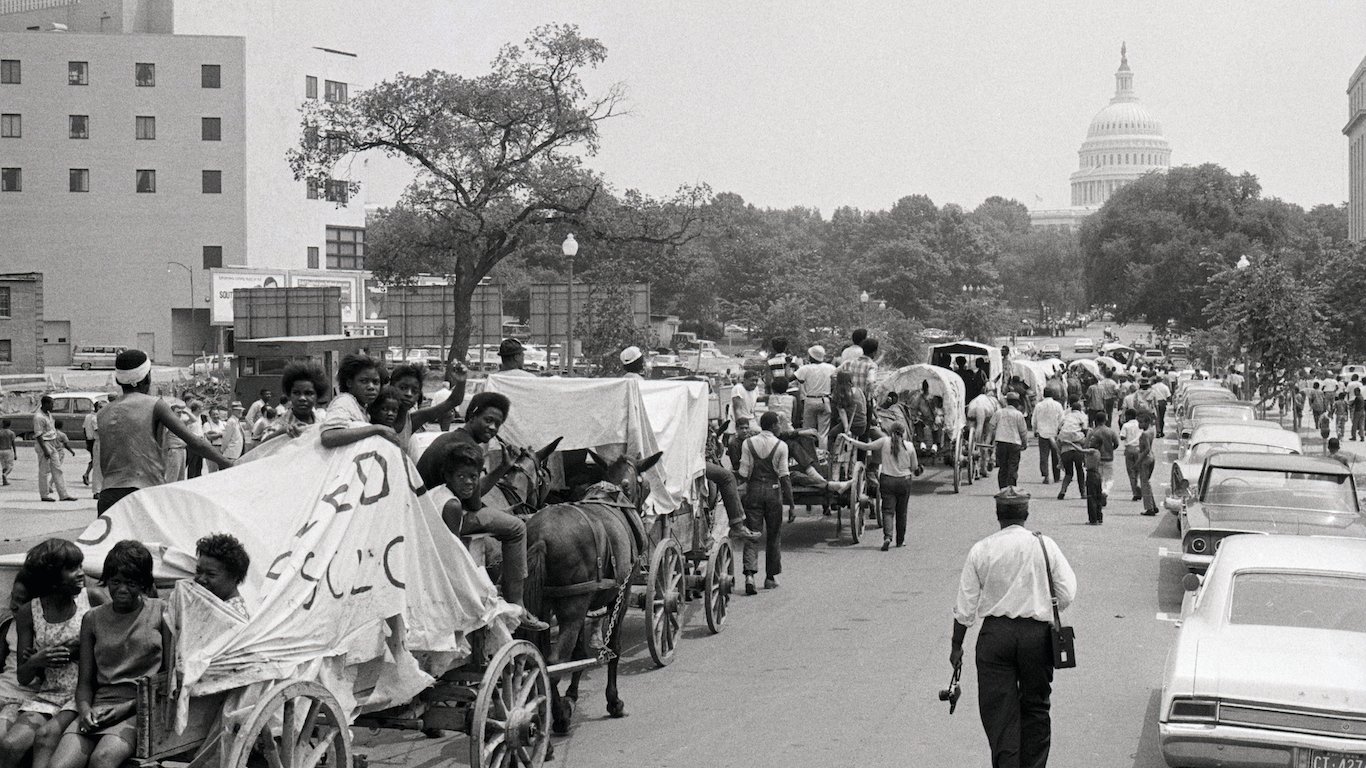
May 12, 1968: March for economic justice
> Location: Washington, D.C.
The movement called the Poor People’s Campaign, a multicultural gathering of Hispanic, Asian Americans, whites, and African Americans, planned a march on Washington to raise awareness of economic and human rights for the poor. The march was planned for April 22 but was postponed until May 12 because of Martin Luther King Jr.’s assassination. The marchers occupied the Mall in Washington for six weeks until their Resurrection City was bulldozed on June 24. The campaign continues to this day, with marches and demonstrations in what it calls “a national call for moral revival.”

